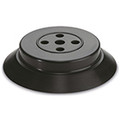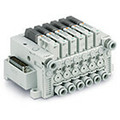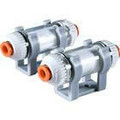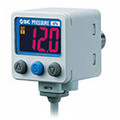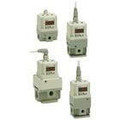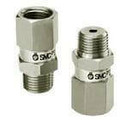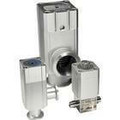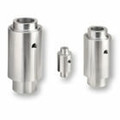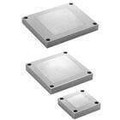Vacuum products offer significant benefits, allowing businesses to streamline operations, enhance efficiency, and guarantee high precision in various industrial and commercial applications. Whether you're dealing with food processing, pharmaceuticals, electronics, or any other industry, vacuum products prove to be indispensable tools for success.
At Orange Coast Pneumatics, we are your one-stop-shop for all your pneumatic system needs. We are dedicated to providing you with quality equipment and accessories. Below you’ll find all you need to know about vacuum products.
What Are The Different Types Of Vacuum Products?
Vacuum products are diverse, catering to an array of industrial needs and applications. Let's take a closer look at some of the key types of vacuum products you'll find in the market and how they can enhance your operations.
Vacuum Generators
Vacuum generators form an essential part of many industrial processes. They create a vacuum environment by removing air from a specific space, making them vital for applications such as pick-and-place tasks in robotics, pneumatic conveying, and packaging in the food industry.
Vacuum Switches
Next on the list are vacuum switches. These precision tools play a crucial role in monitoring and controlling the vacuum level within a system. Vacuum switches can be found in a variety of applications, including industrial automation, medical devices, and energy and utilities, where they ensure safety and enhance process efficiency.
Vacuum Gauges
To maintain the perfect vacuum conditions, you need accurate measurements. That's where vacuum gauges come in. These devices measure the vacuum pressure within your system. From thermal conductivity gauges to ionization gauges, choosing the right vacuum gauge ensures you can maintain the ideal conditions for your specific applications.
Vacuum Ovens
Vacuum ovens are a type of vacuum product that excels in industries such as electronics, medical devices, and laboratory research. They provide a controlled environment to carry out applications such as drying, curing, and degassing at lower temperatures. By doing so, vacuum ovens enhance efficiency and ensure a high level of precision, all while protecting your samples from heat damage.
Choosing The Right Vacuum Products
Selecting the right vacuum products for your business goes beyond simply understanding the different types available. It requires a deep understanding of your specific operational needs, industry standards, and potential future requirements. Here are some key points to consider when making your selection.
Factors To Consider When Choosing Vacuum Products
When choosing vacuum products, you need to consider a variety of factors to ensure you get the most suitable tools for your operations. The nature of your applications, your operational environment, and the vacuum level required are some critical considerations.
For instance, if you're choosing a vacuum pump, consider the desired vacuum level, the volume of the space you need to evacuate, and how quickly you need to achieve that vacuum level.
Similarly, when selecting a vacuum oven, you need to think about the temperature range required, the volume of the oven, and whether you need any additional features like programmable controls or overtemperature protection.
Choosing Quality Vacuum Products For Your Specific Needs
Picking quality vacuum products really makes a difference. High-quality vacuum products offer better performance, more durability, and increased reliability, ultimately leading to greater efficiency and productivity for your operations.
When assessing the quality of a vacuum product, consider factors such as the reputation of the manufacturer, the product's durability, its ease of maintenance, and the availability of after-sales support. Remember, the best vacuum product for your operations will strike a balance between quality, functionality, and affordability.
Get Quality Vacuum Products At Orange Coast Pneumatics
Choosing the right vacuum products may seem daunting, but it doesn't have to be. By understanding your needs and considering the factors mentioned above, you can make a selection that will provide lasting benefits to your operations.
At Orange Coast Pneumatics we provide a wide range of vacuum products to streamline your operations and enhance precision. Our carefully curated selection of products is designed to meet the diverse needs of our clients.
You can reach out to our team today and we’ll guide you towards the perfect vacuum solutions for your business.

